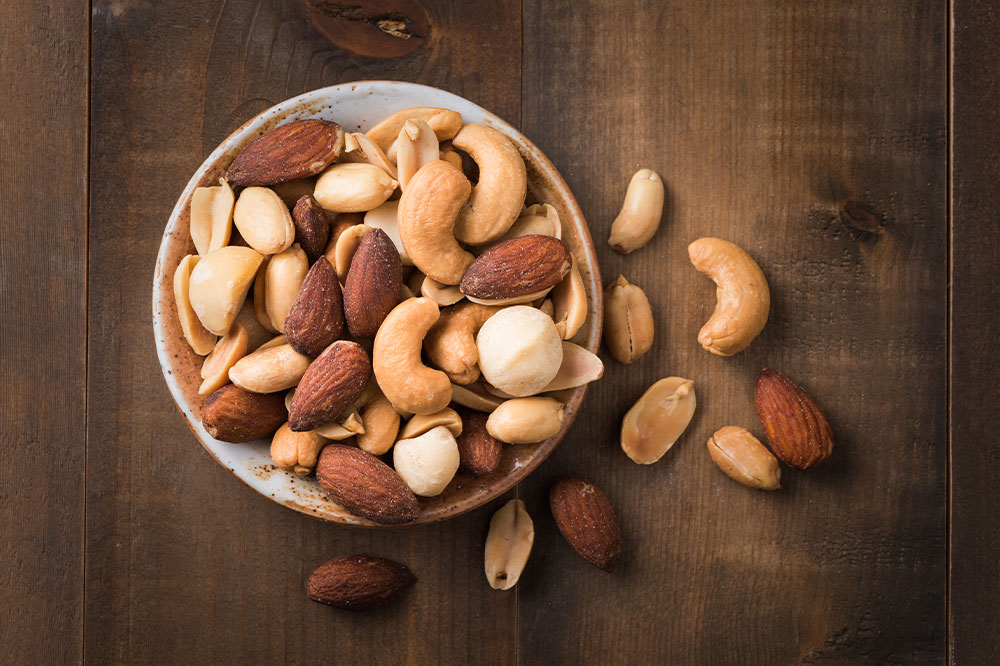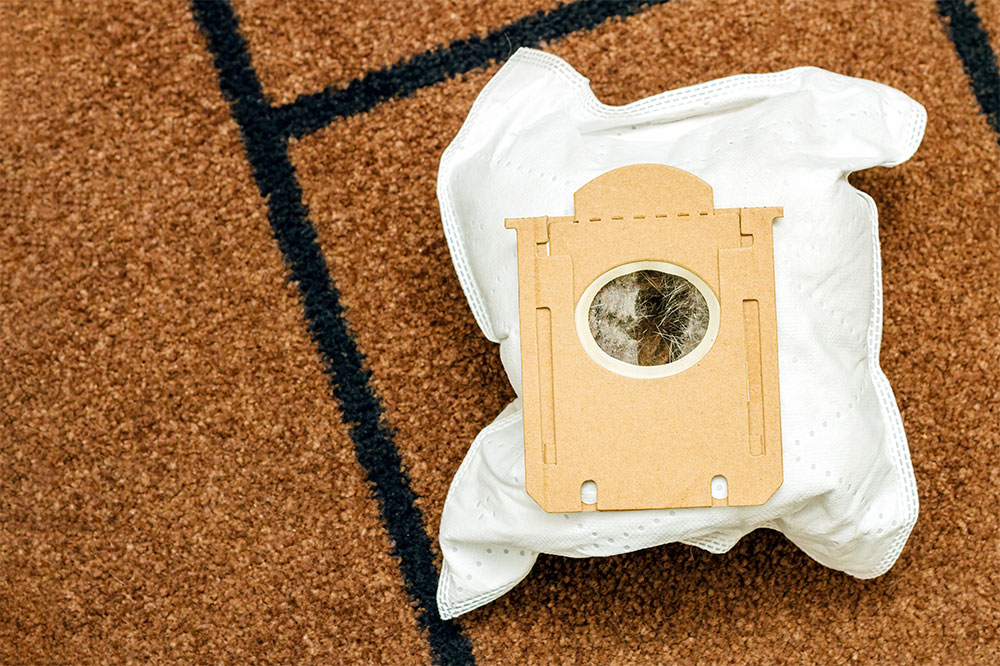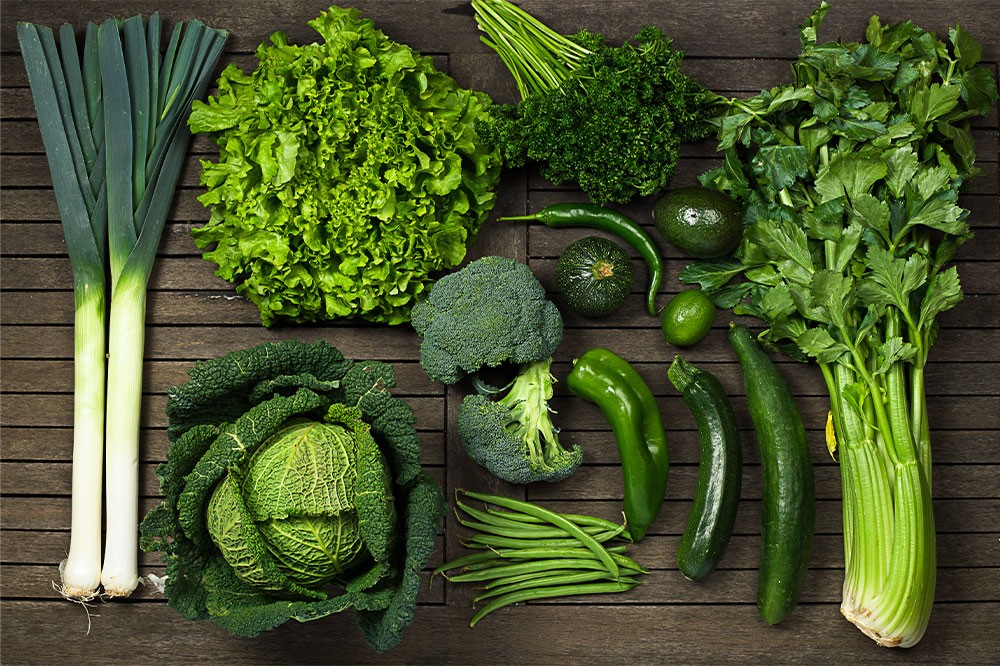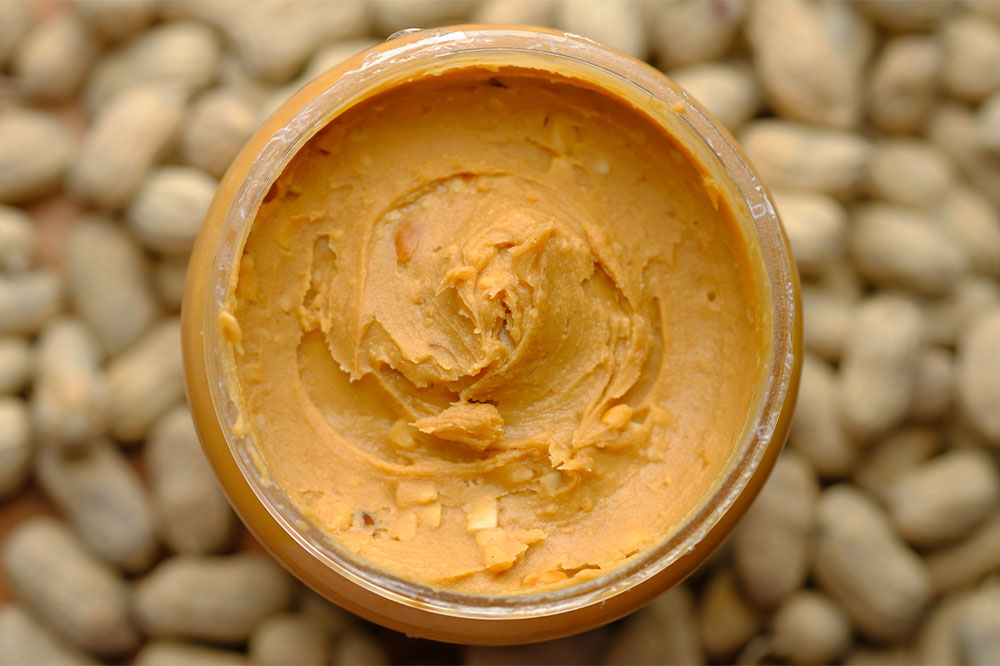Avoid these 7 peeing mistakes for a healthy bladder
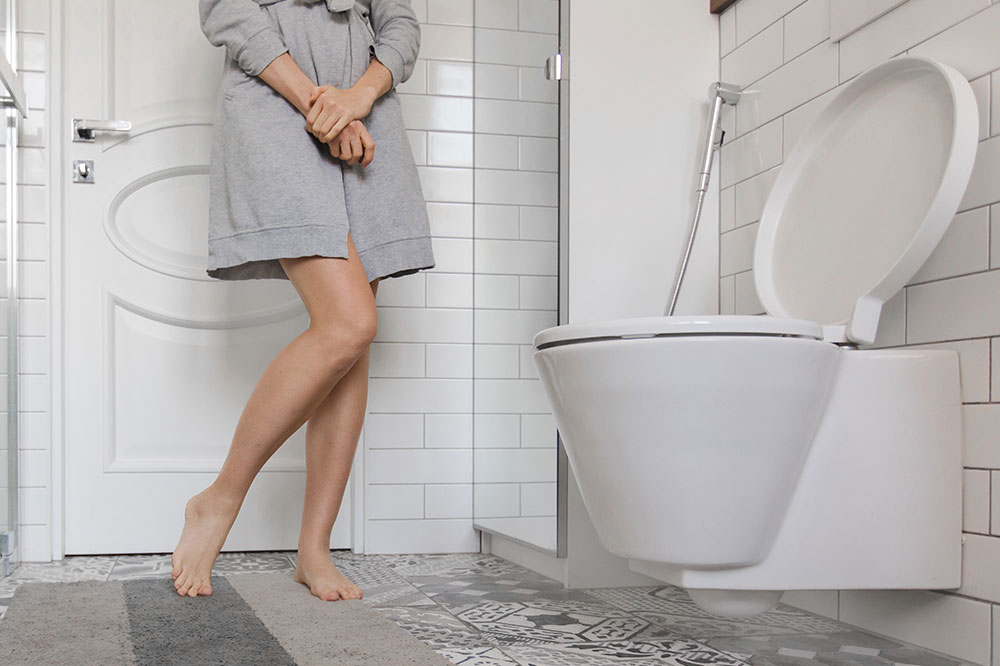
Urinating is a routine body function that helps get rid of the waste fluids in the body. Urine generally contains water, urea, creatinine, uric acid, chloride, sodium, potassium, sulfate, ammonium, phosphate, and other ions. Most people urinate around 6–7 times per day. One may not think about it, but there are wrong and right ways to pee, which can help ensure optimal bladder health. Here are seven of the most common peeing mistakes to avoid:
Holding it in for too long
Holding urine in can sometimes be unavoidable, such as at a concert or on a long drive. However, making a habit out of it can stretch the bladder, causing loss of bladder function and leading to urinary infections. Contrary to popular belief, urine is not sterile. It contains a microbial system. Holding pee in for too long can make one more susceptible to infections as the bacteria multiply. To protect the bladder, it is important to keep drinking enough water and urinating when one feels the urge.
Not fully emptying the bladder when peeing
Sometimes, when one is in a rush, they may not fully empty their bladder. This stretches the bladder and also increases the risk of infections. Incomplete urination may not always be intentional. This is known as urinary retention and may be caused by other health conditions like an enlarged prostate, bladder outlet obstructions like urethral strictures, pelvic organ prolapse, urinary tract stones, constipation, tumors, fibroids, and polyps. Further, tight pelvic floor muscles, urinary tract infections, prostatitis, sexually transmitted infections, or trauma to the pelvis, urethra, or penis can lead to urinary retention. If one notices that their bladder does not empty fully after urination, they speak with a general physician or urologist. Some of the common symptoms of urinary retention include pain or swelling in the lower abdomen, frequent urinating in small amounts, having an urgent need to urinate, and having a slow stream.
Mistaking an overactive bladder for a small bladder
When one says they have a small bladder, it is generally used to refer to their threshold of discomfort. But here, one could have an overactive bladder, which can require treatment. An overactive bladder causes frequent urges to urinate, often eight times a day or more. However, this differs from individual to individual, depending on factors such as age, lifestyle, and health. However, urinating too often may be an indicator of underlying problems in the kidney, ureter, urinary bladder, or prostate gland. It may also be caused by diabetes, urinary tract infections, urethritis, pregnancy, tumor in the pelvic area, bladder tumors, interstitial cystitis, radiotherapy, sexually transmitted infections, and neurological problems. If urination habits begin to affect daily life and routine, it may be time to visit a doctor for a health evaluation.
Excessive caffeine intake
Caffeine is a diuretic, that is, it increases urine production in the body. Additionally, it is also a known bladder irritant, causing pain or discomfort. Healthy individuals should limit caffeine intake, having only up to 400 milligrams per day or four to five cups of coffee. Too much caffeine can increase the risk of frequent urination and worsen the symptoms of an overactive bladder, which may disrupt the sleep schedule. Further, excessive caffeine consumption also promotes water loss, which can cause dehydration. One should have enough water during the day, especially if their urine starts to seem dark or concentrated.
Ignoring recurrent UTIs
UTIs develop when bacteria enter the urethra and infect the urinary tract, including the bladder and kidneys. Here, symptoms include pain or burning while urinating, frequent urination, constant urge to pee, blood in the urine, or pressure or cramping in the groin or lower abdomen. UTIs can be a result of sexual activity, anatomical issues, pregnancy, menopause, and other factors. Generally, women are at a higher risk of contracting a UTI, as they have a shorter urethra, making it easier for bacteria to enter the urinary tract. So, the criteria for ‘recurrent’ UTIs among women is 3 or more infections a year, while men must visit the urologist for an examination anytime they develop UTI symptoms. When the infection is left untreated, it could lead to scarring in the bladder or the prostate, which may impact the ability to urinate.
Ignoring pink or red urine
The color of urine is generally determined by fluid intake. Darker, more concentrated urine is generally a sign of dehydration. However, urine color may also be governed by what one eats and drinks in a day. For instance, beetroot can give a slightly reddish hue to the urine. If the color of pee appears pink or red without changes to the food intake, it may warrant medical attention. Reddish or pinkish urine is a sign of blood in the urine or hematuria, which can be caused by a UTI, kidney disease, stones, or an injury. It may also be a sign of bladder cancer and must be checked by a urologist immediately.
High vitamin C intake
Vitamin C has plenty of immune-boosting properties, which make it a favorite nutrient for many. Nevertheless, too much vitamin C has been linked to an increased risk of kidney stones. In the bladder, vitamin C turns to oxalate, high levels of which can cause stones. According to a few experts, there are no immune benefits to having vitamin C-rich foods above the daily recommended intake, which is 90 milligrams per day for healthy adults. Fresh fruits and vegetables can help one meet daily vitamin C requirements without the need for supplements.
In addition to the abovementioned peeing mistakes to avoid, sitting for long hours can also increase the risk of developing lower urinary tract symptoms such as incomplete emptying, urinary frequency or urgency, or having a weak urinary stream. So, one should stand up and walk around for 5 minutes once every hour.


